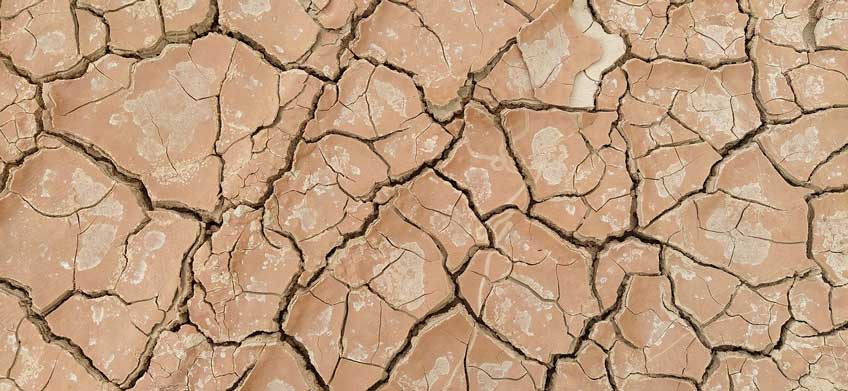
Soil erosion is a natural process that human activity has greatly accelerated. How much so? All the world’s topsoil could be eroded within 60 years, according to at least one estimate.
Wind and water are primary natural means of erosion. It can remove the topsoil from your property and tamp down what is left over. That will make it more difficult for your yard, farm or other land to absorb water, which in turn makes erosion worse. It can be a vicious cycle leading to major flooding problems.
Stormwater in particular can radically, quickly and negatively impact your property. It also affects the natural drainage system by sweeping loose soil into brooks, streams, creeks, rivers, etc. Enough of this over time will affect the balance of the water, clog waterways and harm aquatic life from what we can see down to the microscopic level.
The likely worst-case scenario for your own property is that enough topsoil can erode quickly enough to cause shifting land, even landslides, especially on sloped land or an incline — of which there are plenty in Little’s Excavating’s service area.
Soil erosion can and does happen anywhere, from the Mojave Desert to the disappearing wetlands in Louisiana. There are a handful of ways you can help control it and lessen its negative impact on your property, though.
- Strategic grading. You can shape your land to help take care of it. Flattening it by removing slope decreases the amount of water that will flow downhill, taking your yard with it, and can also lessen the impact of wind. Retaining walls, which Little’s Excavating can help you erect, are a key tool in this regard.
- Having vegetation from grasses to trees and everything in between can help your soil stay put. Roots hold topsoil steady as water flows, as well as tightening it to the ground to defend against heavy winds. It also lessens the harsh impact of rain on your dirt and slows down runoff.
- Grass and clover grow quickly and fit in well in the Tri-State ecosystem. Their roots are strong and spread, heightening their impact.
- Trees and shrubs have the same effect. Grass and the like grow much more quickly, but tree roots carry much deeper and keep soil anchored there.
- Stormwater management. Especially at certain times of the year, rainwater or snowmelt can radically influence the look of your property. Making sure you direct where that unexpected water flows can help protect your soil. Rainwater chutes and runoff pipes can send water where you want it to go and protect valuable or vulnerable parts of your land. Little’s provides experienced and professional work for foundation drains, surface and basement drains and downspouts to make sure your runoff is managed properly.
Protecting your soil is important, not only for the appearance and function of your property but also because of its greater effect on the environment. Good soil can store water for plants and crops, reduce greenhouse gases from the atmosphere and filter pollutants out of water before it reaches groundwater.
Let Little’s Excavating help you make a plan to keep your soil where you want it! Soil site evaluations are part of our full service excavation company.
